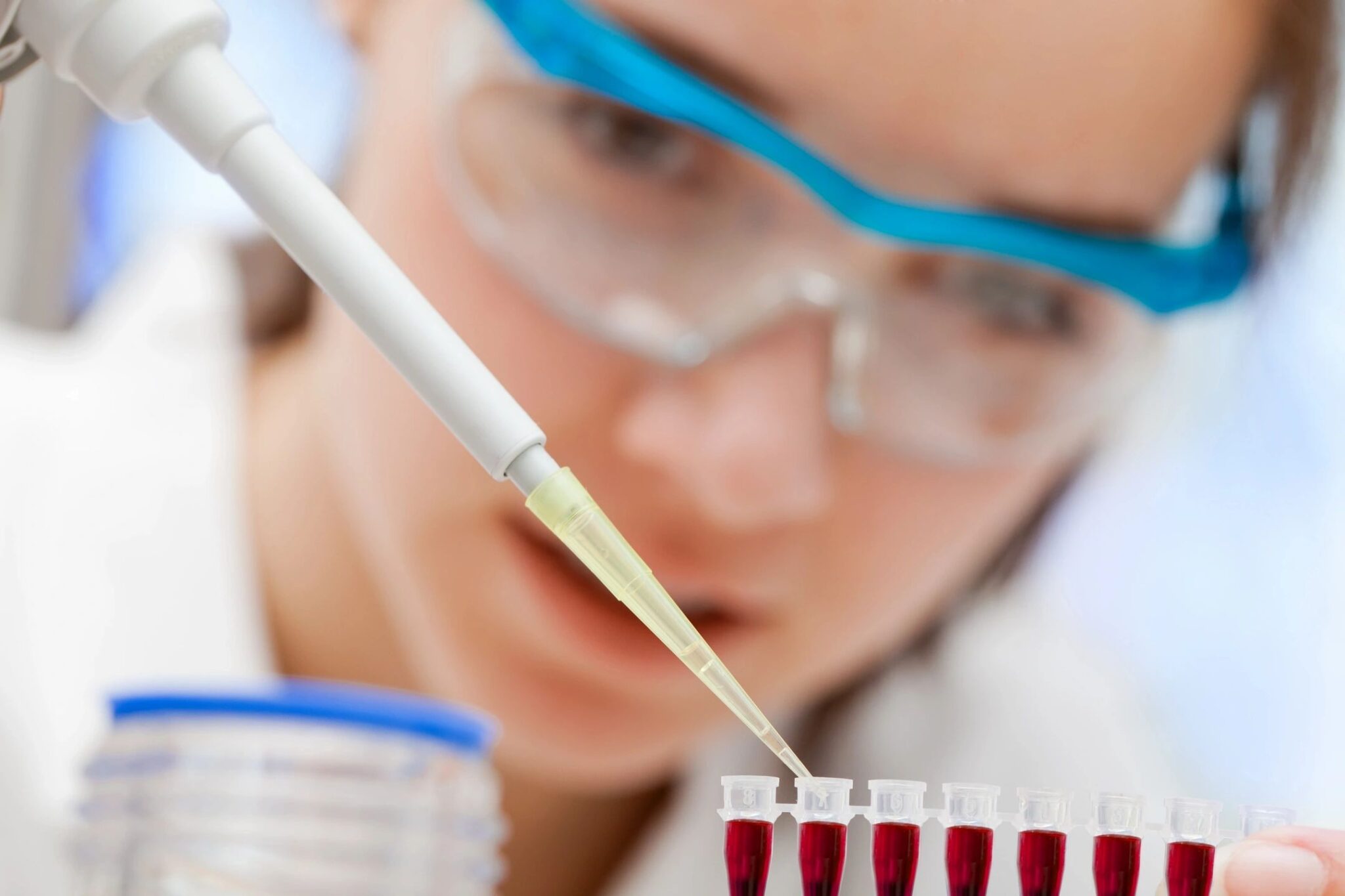Water quality may be headed for a rise as scientists work to develop new technology that uses bacteria to detect harmful heavy metals in water.
The idea of interpreting the responses of other living organisms to detect threats in the environment is long-established. Coal-miners famously used canaries as early warning systems to alert them to the presence of toxic gases like carbon monoxide. In a sophisticated application of this principle, scientists at UC Irvine have developed a novel method of detecting heavy metal contaminants in water by measuring and “decoding” what goes on inside the cells of Escherichia coli exposed to such contaminants. The bacteria are being used as “biosensors”—analytical instruments that harness components from living things such as enzymes, antibodies, or whole cells.
Heavy metals such as arsenic, cadmium, chromium, copper, lead, and mercury are all present in the Earth’s crust and may enter water sources via natural processes like the weathering of rocks. However, human activities such as mining, fossil fuel burning, manufacturing, and using agrochemicals have vastly increased the scale of heavy metal contamination in soils and water. This poses substantial threats to the health of humans and of ecosystems, as these substances are toxic to a range of different organisms from plants to people. There is therefore a need for accurate and sensitive monitoring of heavy metals in water as they affect water quality—whether that water is to drink, to water crops, or to be discharged into the environment—and the scientists behind this new approach believe it has a number of advantages over more traditional methods.
“Decoding” the bacterial response to arsenic and chromium
Researchers demonstrated the potential to use E. coli for monitoring heavy metal pollution of water quality by first culturing the bacteria in the presence of arsenic and chromium at various concentrations. The bacterial cells were then ruptured to extract their contents, and these contents were analyzed using a technique called surface-enhanced Raman spectroscopy (SERS). SERS bounces lasers off a sample to investigate its molecular composition, using nanoparticles to enhance the signal generated. The presence of heavy metals constitutes a stress on the bacteria, triggering changes in their metabolism—the chemical reactions taking place within cells. The SERS process helped scientists to detect metabolic changes based on the relative amounts of different substances inside the cells. They were able to compare to a control group of bacteria that had not been exposed to heavy metals.
However, the patterns in the data—how the SERS results related to different concentrations of arsenic and chromium—were too complex to be readily apparent to the human eye or brain. Instead, scientists harnessed the power of machine learning, training a computer algorithm to spot the relationships and thus to accurately predict the heavy metal exposure of bacteria from their SERS results.
From research lab to real life water quality
For this to be a viable water quality monitoring tool, it needs to work not only with E. coli cultured under controlled conditions in the laboratory, but also when the E. coli are exposed to complex water samples. Such samples might contain a multitude of different substances that could affect the metabolism of the E. coli—and thus the results of the SERS analysis—in unpredictable ways. Training the machine learning model from scratch for each different water source, to cope with these variations in composition, would not be feasible. However, the team at UC Irvine explored this problem by testing their method on real tap-water and wastewater samples of uncertain composition. They showed that it is possible to quickly and accurately “fine-tune” an existing model for samples from a specific source using a small number of samples from that source spiked with known concentrations of the target substance (here, arsenic).
Why E. coli
But … doesn’t E. coli make us sick? Only some strains do—and there are many others that live harmoniously in our gut. This is a microbe with an unduly bad reputation among the public, but for biologists it is a favorite “model organism”—a much-studied species considered largely typical of the broader group to which it belongs. E. coli is already widely employed in biotechnology for the production of pharmaceuticals, biofuels, and industrial chemicals.
You might still wonder what the point is of using E. coli for monitoring water quality. Perhaps it seems a rather convoluted procedure, and you might correctly guess that there are plenty of established protocols for monitoring heavy metal contamination of water. Existing methods achieving the necessary “limit of detection”—capable of detecting heavy metals at sufficiently low levels to guarantee water safety—are, however, dependent on elaborate laboratory instruments. This increases the time and cost associated with testing.
By contrast, this new method can be carried out within ten minutes and is cheaper and more portable, while also offering high levels of accuracy, specificity (distinguishing between different substances), and sensitivity (picking up small amounts of a substance). It is reported to achieve greater than 98 percent accuracy in detecting the presence of arsenic and chromium even at levels 100,000 times lower than World Health Organization (WHO) guideline limits for these contaminants in drinking water. Such high sensitivity is valuable not only for the early detection of emerging contamination issues, but also because the “ideal” safe concentration for arsenic is in fact considered to be zero. The WHO guideline for water quality is higher than this only due to the impracticality of detecting miniscule amounts of arsenic with existing methods.
As with anything new, this approach will doubtless require further testing and refinement before it enters general use, but these initial results are promising. The method is versatile and should prove applicable to other heavy metals besides those directly tested here (arsenic and chromium). The authors of the study highlighted the vital role of low-cost water quality monitoring technologies such as this in delivering sufficient safe water to the world’s growing population against a backdrop of increasing scarcity and pollution.
This study was published in the peer-reviewed journal Proceedings of the National Academy of Sciences (PNAS).
Reference
Wei, H., Huang, Y., Santiago, P. J., Labachyan, K. E., Ronaghi, S., Banda Magana, M. P., Huang Y.-H., Jiang S. C., Hochbaum, A. I., & Ragan, R. (2023). Decoding the metabolic response of Escherichia coli for sensing trace heavy metals in water. Proceedings of the National Academy of Sciences, 120(7), e2210061120. https://doi.org/10.1073/pnas.221006112
About the Author
Rachel Calder has just completed an ecology-focused master’s degree (specializing in restoration ecology, soil science, and fungi) but is an inveterate dabbler with an enthusiasm for all things Science. Having started out studying history herself, she’s also a big advocate for transcending the arts/sciences divide.




